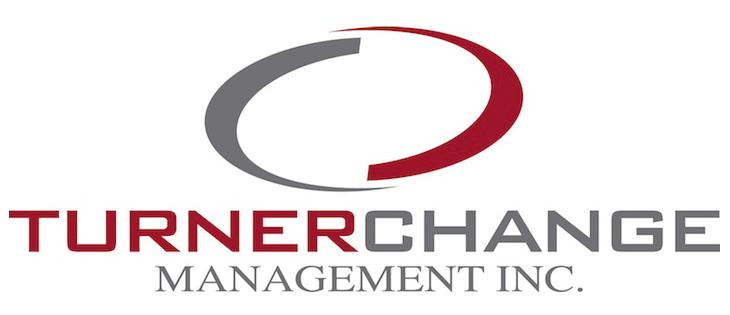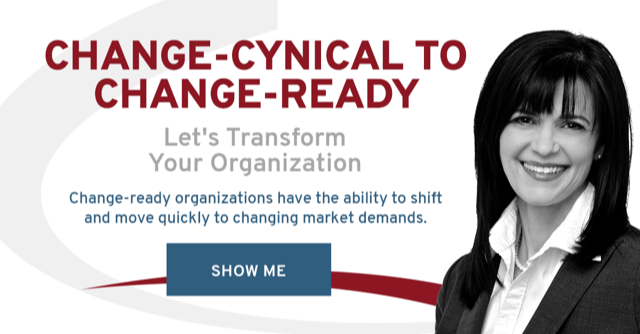Help, My Employees Don’t Like Change?
My Employees Don’t Like Change
“I like change, but the people that work for me don’t”, that was comment a CEO recently made to me when we were talking about organizational change. I have heard this comment or similar “people hate change”. I understand why some leaders think their employees dislike change. Although most of us dislike the discomfort associated with change, I don’t believe the problem is that leaders fundamentally like change and employees don’t. I believe the reason it appears employees dislike change is because they are often not ready, and are excluded from its implementation. Involvement is key to increasing your employees’ readiness for change.
Employees don’t dislike change; they dislike having change done to them
I notice a dramatic shift in the conversation when employees stop talking about change generally and start talking about specific organizational changes. I will hear employees (including leaders) say things like; “I don’t understand this change”, or “this change doesn’t make any sense, or “I don’t know where they came up with this brilliant idea” and eventually I will hear someone say, “people hate change”. You can easily interpret these comments to mean your employees don’t like change. However, that would be a mistake and you would be ignoring the real problem.
The real problem is that no one, not you, me, or your employees likes change done to them. Unfortunately too many organizational change initiatives are simply done to the employees. When it comes to organizational change there is a direct correlation between involvement and success. The more change recipients are involved the more chance you have for success.
Involvement is an essential element for sustainable change
Several months ago I was talking with an employee who was trying to cope with a significant organizational transformation. He was angry, frustrated, tired and quite obviously not working to move the change forward. I would not have been a surprised if his manager had labeled him “resistant”.
When I asked him if he was opposed to the changes the organization was trying to make, he stated a categorical NO. On the contrary, he thought the changes made sense and were needed. The reason for his opposition was the way his organization was implementing the changes. From his perspective the employees most affected were being ignored, and the changes were being pushed through without any regard for the customer, employees, or the current operational realities.
Avoiding this problem and increasing your organizations’ change capacity requires you to actively involve the people most affected (the change-recipients). Stephen Covey said, “no involvement, no commitment”.
Here are three things that you can do to increase employee involvement in your change initiatives:
- Conduct a change-recipient analysis to identify the people who will be most important to your success.
- Define and activate a framework that will encourage and allow for people to be actively involved in your change efforts. The framework should be based on the number of people affected by the change, the available and needed resources, and your organizational structure. A good rule of thumb is at least 5% of the total number of change-recipients should be actively involved in creating the outcome.
- Share the framework with the your employees. Let the change-recipients know where, when, and how they will be involved in shaping their destiny and the destiny of the organization. Enabling active involvement of your employees, in a coordinated and sustained manner is a key strategy to reduce your organization’s risk of change fatigue.
Dawn-Marie
Helping you launch, lead and live change more successfully.











Leave a Reply
Want to join the discussion?Feel free to contribute!